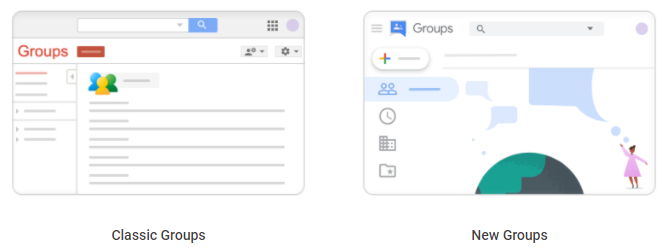Google has announced they will soon be making changes to how phone calls and video calls work in classic Google Hangouts.
The changes will happen in two steps:
- In early November 2020, group video calls in classic Hangouts will be moved to Google Meet. When inviting a group to a video call in classic Hangouts, you will now need to click on a Meet link to join the call.
- At the start of 2021, all phone calls in classic Hangouts will no longer be available or supported by Google.
Phone calling
According to Google, after mid-October 2020, if you are using the phone calling feature in classic Hangouts, you will begin to see an alert in Hangouts informing you that this functionality will be going away. The alert will direct you to more information about why the feature is going away.
Video calling
According to Google, after early November 2020, you will be able to share Google Meet links to start and join video calls from classic Hangouts. As part of this, you will see the following changes:
- Clicking on the video call button (
 ) in a group classic Hangouts conversation will send a Meet video call link instead of ringing all participants.
) in a group classic Hangouts conversation will send a Meet video call link instead of ringing all participants. - Clicking on the video or audio call options in a one-to-one classic Hangouts conversation will continue to call or “ring” the other participant until some time in early 2021.
As Google continues to phase out classic Hangouts, we recommend checking out our resources on Google Chat and Meet to learn more about the services that will be replacing Hangouts.




